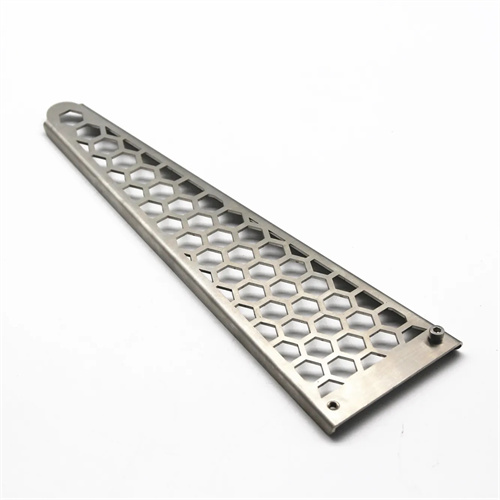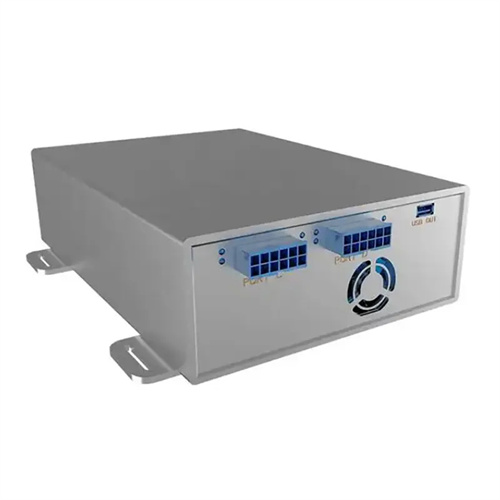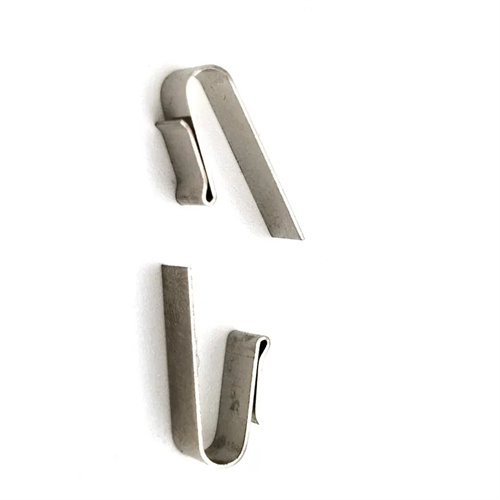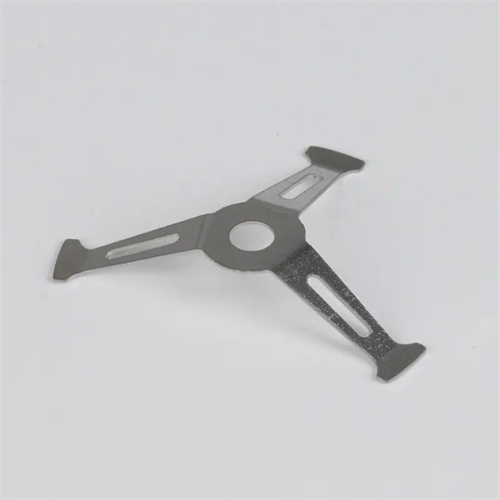Aviation heat dissipation copper tube
Aviation copper heat sinks are critical for heat dissipation in aircraft components, such as aircraft engines and airborne electronic equipment. Thanks to copper’s excellent thermal conductivity, lightweight construction, and corrosion resistance, they efficiently dissipate heat generated by equipment in harsh environments such as high altitude, high temperature, and vibration, ensuring stable operation. They typically have diameters ranging from 3 to 20 mm, wall thicknesses of 0.3 to 2 mm, and come in a variety of cross-sectional shapes, including round, flat, and special-shaped. Materials commonly used include red copper ( T2 , T3 ), phosphorus-deoxidized copper ( TP2 ), and copper alloys (such as Cu-Ni alloys). TP2 phosphorus-deoxidized copper is widely used due to its low oxygen content and excellent thermal conductivity (thermal conductivity ≥ 380 W/(m・K) ).

The production process for aviation heat dissipation copper tubes requires high-precision processes including smelting, ingot casting, extrusion, rolling (drawing), annealing, and precision forming. First, electrolytic copper with a purity of at least 99.95% is selected and deoxidized by adding a small amount of phosphorus (0.015%-0.040%). The copper is then smelted in an industrial frequency induction furnace at a temperature controlled between 1100-1150°C. An inert gas atmosphere is used to prevent oxidation and ensure the purity and density of the ingots. A semi-continuous casting process is used to produce round ingots with diameters of 80-150 mm. The cooling rate is controlled at 80-120°C/minute to avoid porosity and cracks. In the extrusion process, the ingots are heated to 600-700°C and extruded through a die into rough tubes. The extrusion ratio is controlled at 10-20 to ensure uniform internal structure. For copper tubes with irregular cross-sections, a multi-pass rolling or drawing process is required, using high-precision molds for gradual shaping. Each pass’ deformation is controlled at 15%-25% to ensure cross-sectional dimensional accuracy, with a tolerance of ≤±0.02 mm. Annealing is performed under vacuum or hydrogen protection at 350-500°C for 1-2 hours to eliminate work hardening, reducing the tube’s hardness to HV50-80 and an elongation of ≥30%, meeting the requirements of subsequent bending, welding, and other processes. Finally, precision cleaning, non-destructive testing (eddy current testing), and dimensional calibration are performed to ensure a surface roughness Ra ≤ 0.8 μm and the absence of any minor defects.

The performance advantages of aviation heat dissipation copper tubes enable them to adapt to extreme working conditions in the aviation field. First, excellent thermal conductivity. The thermal conductivity of TP2 copper tubes is 8-10 times higher than that of ordinary steel tubes. It can quickly dissipate the heat generated by the engine combustion chamber, electronic equipment chips, etc., and improve the heat dissipation efficiency by more than 40% , ensuring that the operating temperature of the components is controlled within the allowable range (such as electronic equipment ≤ 85 ℃); second, excellent mechanical properties. The copper tubes that have been precisely processed and annealed have a tensile strength of ≥ 200MPa and a yield strength of ≥ 60MPa . They are not easy to break in high-frequency vibration environments (acceleration ≥ 20g ) and have a fatigue life of more than 10⁶ times; third, good corrosion resistance. In the environment of aviation kerosene, hydraulic oil and high-altitude humidity changes, an oxide film is formed on the surface of the copper tube, with an annual corrosion rate of ≤ 0.005mm and a service life of up to 10 Fourthly, its lightweight properties: although the density of copper (8.96g/cm³) is higher than that of aluminum, its thin-wall design (wall thickness ≤1mm) can reduce the weight by 30% compared to steel pipes with the same heat dissipation efficiency, helping to reduce the overall weight of the aircraft; fifthly, its good processing adaptability allows for complex bending (minimum bending radius is 1.5 times the pipe diameter), brazing and other processes, meeting the complex layout requirements of aviation cooling systems.

In terms of application scenarios, aviation copper heat dissipation tubes are core components of aviation equipment cooling systems. In the field of aircraft engines, turbine blade cooling channels and combustion chamber wall heat dissipation tubes use special-shaped copper tubes with a diameter of 5-15 mm. The internal spiral structure enhances heat transfer, reducing component temperatures from over 1000°C to the allowable range. In the field of airborne electronic equipment, radar and navigation system cooling modules use flat copper tubes (cross-section 3mm×10mm), welded to heat dissipation fins to form a heat dissipation assembly, ensuring stable operation of electronic components in the high-altitude low-temperature environment. In aviation hydraulic systems, hydraulic oil coolers use bent copper tubes with a diameter of 3-8 mm. Fins enhance heat dissipation and control hydraulic oil temperatures ≤60°C. In helicopter transmission systems, reducer lubricating oil coolers use copper alloy tubes to resist long-term lubricating oil corrosion and ensure transmission efficiency. In the field of spacecraft, satellite power systems use thin-walled copper tubes for heat dissipation to meet the radiative heat dissipation requirements of the vacuum environment of space.

Industry trends indicate that aviation heat dissipation copper tubes are moving toward ultra-thin walls, custom shapes, and composite materials. Breakthroughs in ultra-thin-wall copper tube production technology have enabled the stable production of high-precision copper tubes with wall thicknesses of 0.1-0.3 mm, reducing weight by 15-20% while maintaining strength. Optimized custom cross-section designs (such as internal ribs and external fins) increase heat transfer area by over 50% and improve heat dissipation efficiency by 30%. Composite copper tubes (such as copper-aluminum and copper-nickel) combine the strengths of different materials, adding corrosion-resistant or high-thermal conductivity layers to the copper substrate to adapt to more complex corrosion and heat transfer environments. Simultaneously, intelligent manufacturing technologies are being promoted, employing 3D modeling and numerical simulation to optimize the molding process and ensure product dimensional accuracy. Green production processes are being implemented, reducing carbon emissions through copper scrap recycling and the use of clean energy. In the future, as aerospace technology evolves toward hypersonic speeds and long flight times, the demand for efficient heat dissipation will continue to escalate, driving even greater breakthroughs in material innovation and structural design for aviation heat dissipation copper tubes.
